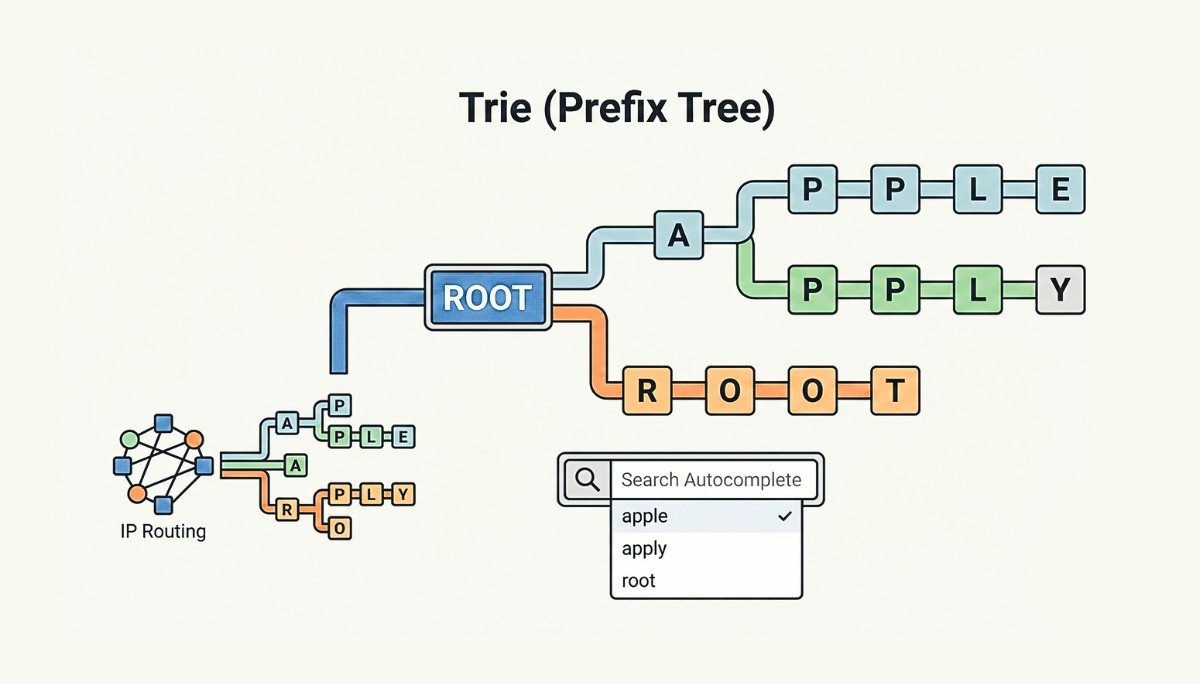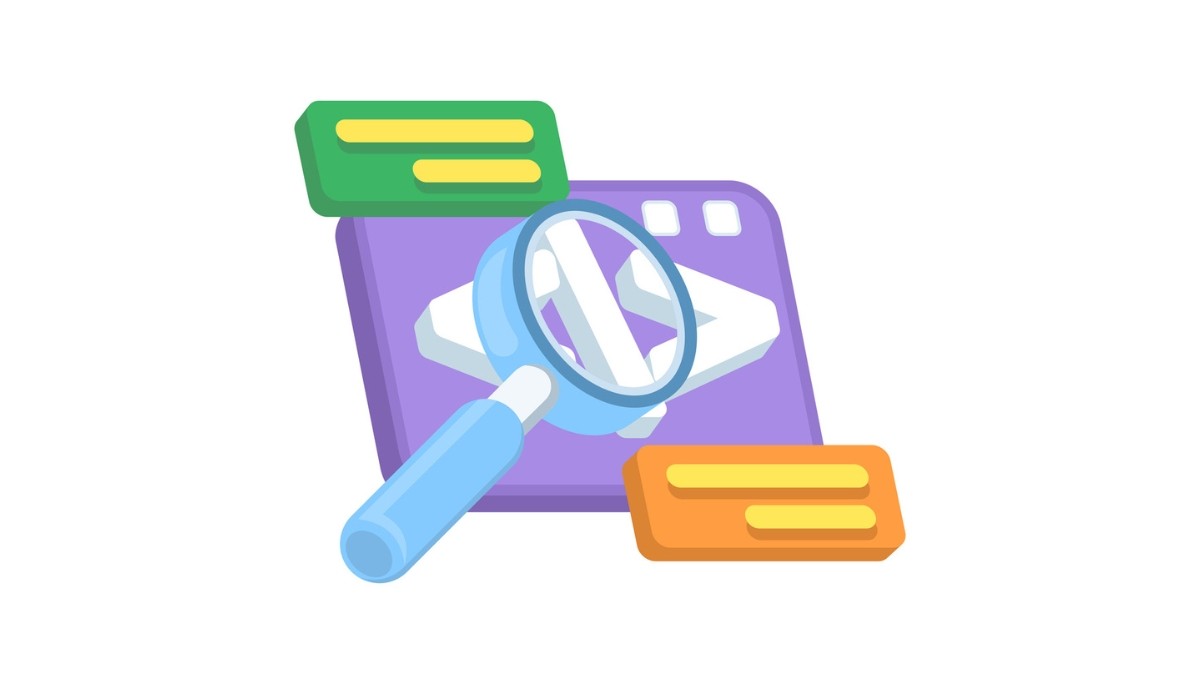What Is Data Tokenization? A Simple Guide for Security-Minded Teams
By
Liz Fujiwara
•
Aug 11, 2025
Data tokenization is a powerful method used to protect sensitive information by replacing it with randomly generated, unique tokens. Unlike encryption, which transforms data into a coded format that can be reversed with the right key, tokenization ensures that the substituted tokens have no exploitable value outside of a secure token vault. This approach maintains the format and usability of the original data, such as credit card numbers or personal identifiers, while preventing exposure of the actual information.
As businesses handle increasing volumes of confidential data, from financial transactions to healthcare records, the need for data protection has never been greater. Tokenization plays a critical role in minimizing the risk of data breaches, ensuring compliance with regulatory standards like PCI DSS, and safeguarding consumer trust.
In this article, we will break down how data tokenization works, explore its key benefits over traditional security measures, and examine why it has become an essential component of modern cybersecurity strategies.
Key Takeaways
Data tokenization replaces sensitive data with random tokens, ensuring security by preventing unauthorized access during storage and transmission.
Tokenization not only supports regulatory compliance but also reduces risks from insider threats, enhancing overall data protection and customer trust.
While both tokenization and encryption secure sensitive information, they operate differently. Tokenization is irreversible, whereas encryption uses a reversible scrambling method.
Understanding Data Tokenization

Data tokenization is the process of replacing sensitive data with a random token. This tokenized data acts as a substitute for the original information, ensuring that the sensitive data remains secure. The tokenization process involves creating a secure mapping between the original data and its corresponding token, which is stored in a token vault, a secure database that holds the original data and related token values.
The strength of tokenized data lies in its lack of intrinsic or exploitable meaning. Even if intercepted, these tokens are useless without access to the secure token vault. This makes tokenization an effective method for securing sensitive data during transmission and reducing the risk of data breaches. Unlike encryption, which scrambles data into a format that can be reverted using a decryption key, tokenization replaces data with non-sensitive equivalents.
Digital tokens generated through the tokenization process protect cardholder data and various types of sensitive information, including payment and financial data. These tokens ensure that the original data is never exposed during transactions or storage, enhancing overall data protection. Substituting sensitive information with non-sensitive tokens allows organizations to significantly reduce the risk of exposing cardholder data.
The Importance of Data Tokenization for Security

The importance of data tokenization in enhancing data security cannot be overstated. By substituting sensitive information with unique tokens, tokenization makes unauthorized access to actual data exceedingly difficult. This is particularly crucial in the context of data breaches, where the exposure of tokenized data does not compromise the original sensitive information. Tokenization effectively reduces the amount of valuable data available to hackers, mitigating the risk of breaches.
Tokenization plays a vital role in regulatory compliance by:
Helping organizations adhere to data protection regulations by ensuring that sensitive data is not stored within their systems
Simplifying compliance with standards like PCI DSS by minimizing the amount of sensitive data that needs to be managed
Ensuring that sensitive customer data, such as personally identifiable information and payment card details, remains secure through the implementation of a tokenization system
Beyond protecting sensitive customer data from external threats, tokenization also mitigates risks associated with insider threats. Limiting direct access to sensitive information through tokenization helps safeguard data integrity. This approach to data protection not only enhances security but also builds customer trust by demonstrating a strong commitment to safeguarding sensitive data and reducing the impact of potential breaches.
How Data Tokenization Works
The tokenization process involves the following steps:
Identifying sensitive data for tokenization: This initial step is crucial as it determines the scope of data that will be protected.
Generating tokens that match the format and length of the original data: This ensures seamless integration into existing systems.
Creating tokens using mathematical algorithms or static tables: These provide a secure digital replacement for sensitive data, eliminating risks associated with handling the original information.
Once tokenized, the original data is securely stored in a token vault, which is typically encrypted for an added layer of security. The token data store holds both the original values and their corresponding token values, ensuring data integrity and allowing for retrieval when necessary. Even if tokenized data is intercepted, the actual sensitive information remains protected.
The token mapping process is a critical component of tokenization. It involves creating a secure link between the original data and its token value, which is stored in a secure token database. Maintaining this mapping ensures continuous protection and enables the retrieval of original data when required.
Types of Tokens in Data Tokenization
High-value tokens (HVTs) act as surrogates for actual primary account numbers (PANs) in payment transactions, with specific use restrictions. These characteristics make them particularly useful in payment processing, where securing cardholder data is paramount.
Asset tokens represent another important category. These tokens convert rights to an asset into a digital token, facilitating safer movement and trading of assets. Asset tokenization can represent both tangible and intangible assets, providing enhanced automation and security in transactions.
Security tokens, on the other hand, protect sensitive information by storing only tokens on servers while maintaining privacy. Pointer tokens allow referencing the latest version of a data object without the need for retokenization when updates occur.
Differences Between Tokenization and Encryption
Tokenization and encryption are both methods used to secure sensitive data, but they operate in fundamentally different ways. Tokenization eliminates the association between the original data and the token, making the process irreversible. This means that even if tokenized data is intercepted, it cannot be reverted to its original form. In contrast, encryption scrambles data using a secret encryption key, and the process is reversible with the correct decryption key, protecting the encrypted data.
One key advantage of tokenization is that it maintains the original data’s format and length, simplifying integration into existing systems. This format-preserving feature is particularly useful in applications where the data structure must remain consistent. Key points about tokenization include:
It primarily handles structured data, unlike encryption, which can be applied to both structured and unstructured data.
Data exchange with third parties in a tokenization system requires access to a token vault.
The token vault ensures that only authorized users can retrieve the original data.
Combining both tokenization and encryption can lead to a more robust security framework. While tokenization minimizes exposure to sensitive data in high-frequency data-handling environments, encryption provides an additional layer of security for data at rest and in transit. This addresses different types of data and improves overall security.
Benefits of Implementing Data Tokenization

Implementing data tokenization offers numerous benefits for data security and compliance. By transforming sensitive information into non-sensitive tokens, tokenization makes unauthorized access extremely difficult. In the event of a data breach, tokenization significantly reduces potential damage, as only tokens are exposed, not the actual sensitive data. This makes tokenized data unreadable to hackers and improves overall data protection.
Tokenization also helps organizations comply with industry standards and regulations. By reducing the volume of sensitive data stored, tokenization minimizes the scope of compliance audits, particularly for PCI DSS. This not only simplifies compliance but also reduces operational costs related to data security. Over time, implementing tokenization can lead to significant cost savings by lowering expenses associated with compliance and potential breaches.
Beyond regulatory compliance and cost reduction, data tokenization offers additional benefits:
Bolsters customer trust by demonstrating strong data protection measures and reassuring customers that their sensitive information is secure.
Enables compatibility with older systems, allowing them to process tokenized data without requiring major updates or modifications.
Ensures seamless operations by enhancing security without disrupting existing business processes.
Common Use Cases for Data Tokenization

Data tokenization is widely applied across various industries. In payment processing, it helps companies avoid storing sensitive credit card data. By substituting cardholder information with tokens, tokenization significantly reduces the risk of fraud and ensures secure transactions in the payment card industry. Similarly, in financial services, tokenization protects bank account numbers and other sensitive financial details from unauthorized access.
In the healthcare sector, tokenization secures patient records and ensures compliance with regulations such as HIPAA. Tokenizing medical records and other protected health information enhances security and maintains patient confidentiality.
IoT device manufacturers also use tokenization to protect sensitive data both in transit and at rest on devices, reducing exposure to cyber threats. Additionally, tokenization supports third-party risk management by enabling secure data analysis without revealing sensitive information.
Streaming media services employ tokenization to safeguard licensed content, restricting access to authorized users only. This helps prevent unauthorized distribution and ensures digital content remains secure.
Challenges and Limitations of Data Tokenization

While data tokenization offers significant benefits, it also comes with challenges and limitations:
As data volumes increase, maintaining token databases becomes more complex.
Creating unique tokens presents technical challenges.
Integrating tokenization systems with existing infrastructure requires careful planning to avoid operational disruptions. Improper integration can lead to issues and reduce the effectiveness of tokenization.
Cost factors are another consideration when implementing tokenization solutions. These include:
System price
Implementation expenses
Ongoing maintenance
Potential upgrades
Additionally, the conventional detokenization model allows any authorized user to access all tokens, lacking granular access control. This poses security risks if not managed properly with access tokens or role-based controls.
Vendor lock-in can also be an issue, as switching providers or systems can be complex and costly. The lack of unified standards in tokenization technologies makes it difficult to measure security levels across different implementations. Organizations must ensure their tokenization system is strong to prevent token protection from becoming ineffective.
How To Choose Between Data Tokenization and Encryption
The decision to use data tokenization or encryption depends on several factors, including the type of data involved, specific business needs, operational constraints, and compliance requirements. Tokenization is often preferred for structured data and high-frequency data handling environments, while encryption is suitable for both structured and unstructured data. Businesses should carefully evaluate their unique needs and regulatory obligations to make an informed choice.
Regulatory compliance plays an important role in this decision. Industries subject to strict data protection regulations may find tokenization more beneficial because it reduces the volume of sensitive data stored. However, combining both tokenization and encryption can create a comprehensive security framework that addresses various types of data and strengthens overall data protection.
Fonzi: Revolutionizing AI Hiring
In the ever-evolving world of AI, hiring top-tier talent can be a daunting task. This is where Fonzi steps in, revolutionizing the AI hiring process. Fonzi is a curated AI engineering talent marketplace that connects companies with elite, pre-vetted AI engineers through its recurring hiring event, Match Day. This structured process improves the hiring experience by ensuring that only the most qualified candidates are matched with the best job opportunities.
Fonzi utilizes advanced AI technology to streamline hiring, allowing HR to focus on strategic tasks instead of repetitive activities. This automation significantly reduces hiring times, with most hires completed within three weeks.
Why Choose Fonzi for Your AI Hiring Needs
Fonzi stands out in the crowded hiring landscape for several reasons:
It makes hiring fast, consistent, and scalable.
It supports hiring needs for all sizes, from early-stage startups to large enterprises, whether making their first AI hire or the 10,000th.
The platform offers structured evaluations, built-in fraud detection, and bias auditing to ensure a transparent and reliable hiring process.
Unlike traditional recruiting or black-box AI tools, Fonzi delivers high-signal evaluations that truly reflect a candidate’s capabilities.
Moreover, Fonzi preserves and elevates the candidate experience. Its streamlined and transparent process ensures candidates are more engaged and better matched to job opportunities that suit their skills and career goals. This benefits both candidates and companies by providing faster, more efficient talent acquisition.
Summary
Data tokenization is a powerful tool for enhancing data security, reducing compliance burdens, and protecting sensitive information. By replacing sensitive data with non-sensitive tokens, organizations can significantly reduce the risk of data breaches and ensure robust data protection. Tokenization offers numerous benefits, including improved regulatory compliance, cost savings, and enhanced customer trust. When combined with encryption, it provides a comprehensive security framework that addresses various types of data and strengthens overall security.
Additionally, for businesses looking to hire top AI talent, platforms like Fonzi streamline the hiring process, reduce biases, and ensure a high-quality candidate experience. Leveraging these technologies can help your organization navigate the complexities of the modern digital environment.




